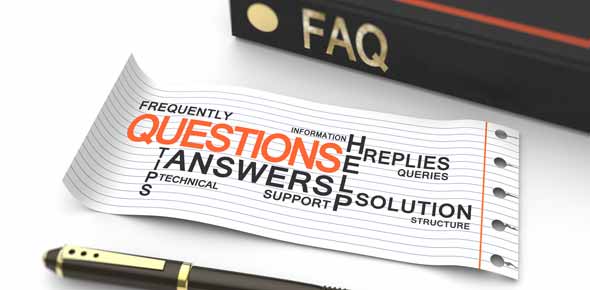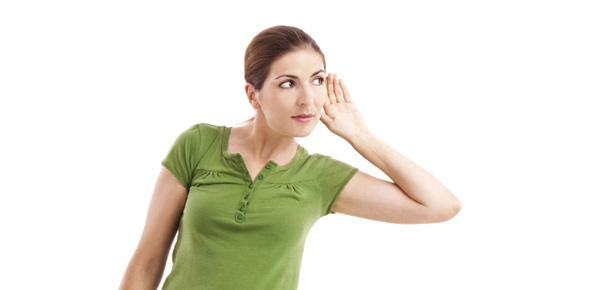Related Flashcards
Related Topics
Cards In This Set
| Front | Back |
|
Trade off
|
When
both speed and accuracy are essential to perform the skill,
|
|
When
speed is emphasized
|
Accuracy
is reduced and vice-versa
|
|
Speed-Accuracy Skills:
Fitts’ Law |
Paul Fitts (1954) showed we could mathematically predict
movement time for speed – accuracy skills
|
|
Fitts Law: If we know the spatial dimensions of two variables:
|
Movement distance Targer size
|
|
Fitts formula
|
MT = a + b log2 (2D/W)
As target gets smaller movement time gets bigger
|
|
Reciprocal tapping tas
|
Both tasks have equal difficulty then movement time will be equal for both task
|
|
The higher the ID
|
The more difficult the tas, the more dificult tasks reuire more movement time
|
|
As ID increases
|
So does the movement time which means movement time will be slower for a taker with a higher ID
|
|
Relationship of
Prehension Components |
Important motor control question concerns the spatial –
temporal relationship between the transport and grasp components
Initial views proposed
the independence of the components
|
|
Speed-Accuracy Skills: Motor Control Processes
General agreement that two motor control processes underlie
performance of speed-accuracy skills:
|
Open loop controlClosed loop control
|
|
Open Loop Control
|
– At movement initiation
Initial movement instructions sufficient to move limb to the
vicinity of the target
|
|
Closed loop control
|
– At movement termination
Feedback from vision and proprioception needed at end of
movement to ensure hitting target accurately
|
|
Prehension
|
Actions
involving reaching for and grasping of objects
|
|
Three components of Prehension
|
TransportGraspObject manipulation
|
|
Transport
|
Movement of the hand to the object
|





